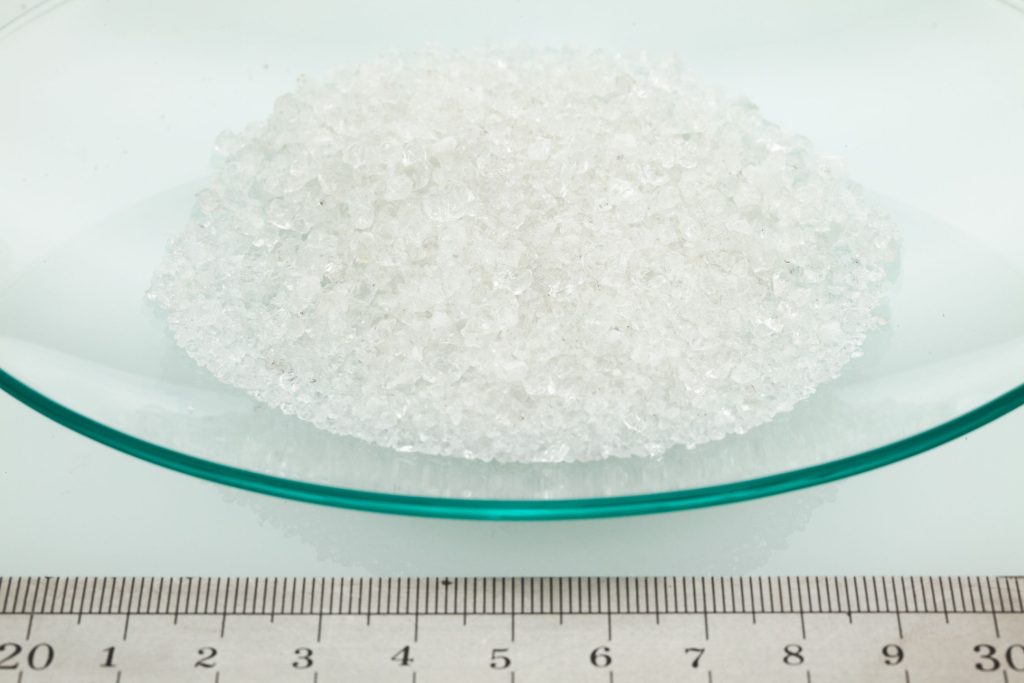The low-contamination shock wave fragmentation process is suitable for processes with high purity requirements. Due to the use of acoustic shock waves and the low level of contact compared to conventional fragmentation methods, metal contamination is kept to a minimum (<1 ppm) during the treatment process.
Due to the use of electrically generated shock waves, the shock wave fragmentation does not result in any form of direct mechanical interaction with the target materials, as in classical fragmentation methods, so that one can speak of a non-contact milling process. No contact with a solid state grinding body means there is also no increased wear during the processing of hard, abrasive materials. This makes it possible to efficiently process hard, abrasive materials without facing the problem of high wear. The shock wave method used by ImpulsTec generates comparatively few impurities due to erosion on the electrodes. In recent years, several different research projects allowed a significant amount of expertise to be gained in the low-contamination fragmentation of semiconductor materials and the processing of high-purity ceramics as well as glass products.
The high-purity fragmentation of ceramic monoliths and various glass products can be mentioned here as an example. The low-contamination shock wave process can be used to obtain high-purity reusable material fractions.


processing of materials with high purity standards
content of metal contamination <1 ppm can be achieved (depending on the required particle size)